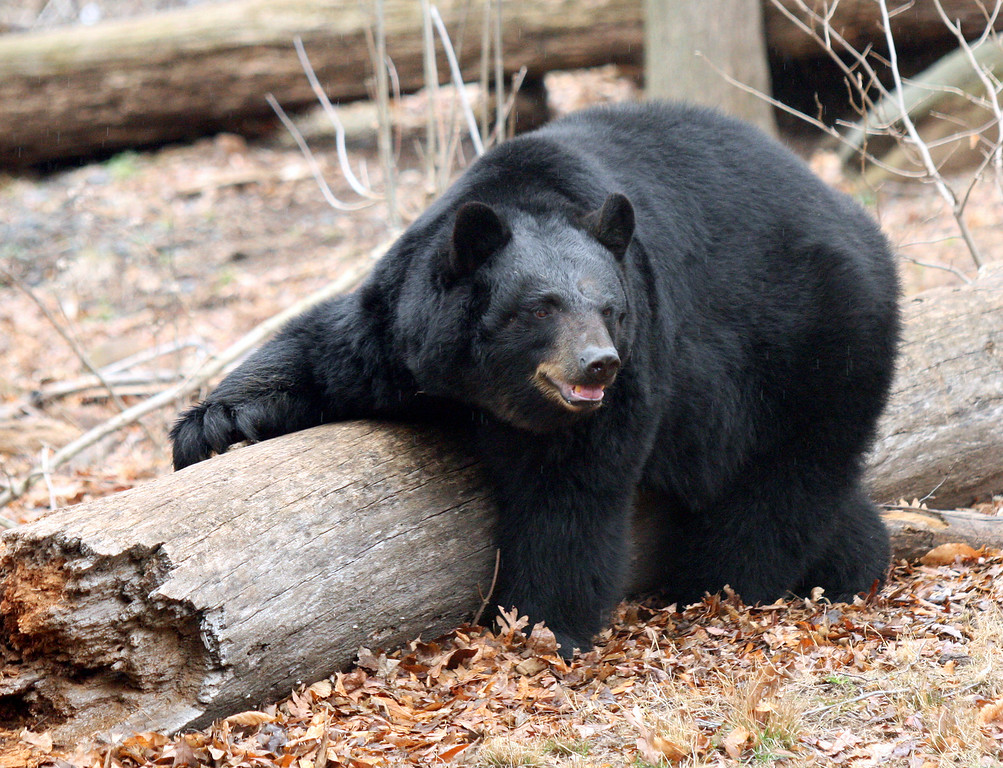
Conservation claims surrounding zoos are frequently debated. Are zoos truly helping endangered species or are they merely a symbolic gesture? This article delves into the complex issue of zoo conservation, examining the arguments for and against their function in preserving biodiversity. We’ll explore the positive and negative impacts of zoos on endangered species, examine varied conservation strategies, and ultimately assess whether zoos truly contribute meaningfully to conservation efforts. This article is structured into several sections, beginning with a thorough overview of zoo conservation, followed by in-depth analyses of varied facets, and culminating in a conclusion that addresses the overarching query of the efficacy of zoos in conservation.
The Historical Context of Zoos and Conservation
Early Zoos and the Rise of Public Awareness
Zoos have evolved significantly since their inception. Initially, they served primarily as places of entertainment and display. However, as public awareness of endangered species grew, zoos began to incorporate conservation into their missions. Early conservation efforts were often limited, focused primarily on showcasing animals and inspiring public interest. Public engagement with these exhibits, often lacking scientific rigor, contributed significantly to public interest in animal welfare, ultimately paving the way for a more thorough understanding of the delicate ecosystem.
Early Conservation Attempts
With growing public concern for animal well-being, zoos started experimenting with captive breeding programs. These programs aimed to boost the populations of endangered species. Initial outcomes were mixed, highlighting the complex relationship between captive and wild environments. Early conservation efforts were often not deeply ingrained in ecological understanding or long-term sustainability planning. A key takeaway is that initial strategies were not always scientifically robust, raising querys about the long-term impact of such initiatives.
Challenges of Captive Breeding Programs
The Limitations of Captive Environments
The fundamental challenge lies in replicating the complexities of natural habitats within zoo enclosures. Captive breeding programs, while increasing numbers in some cases, can struggle to maintain genetic diversity, potentially leading to health issues in the long term. The constraints of the zoo environment can limit the animals’ natural behaviors and social structures, ultimately influencing their ability to thrive once released into the wild. Furthermore, the social dynamics within captive populations can be significantly varied from their wild counterparts, impacting the long-term viability of conservation efforts.
Ethical Concerns
Ethical concerns also arise in zoos focusing on conservation. Balancing the need for animal welfare with the demands of captive breeding programs presents a considerable challenge. Some critics argue that removing animals from their natural habitats, no matter the intent, is inherently unethical and that a stronger focus should be placed on in-situ conservation efforts.
Related Post : Weather Woes, Ruined Zoo Trips: Rain and Extreme Heat.
Assessing the efficacy of Zoos in Conservation
Conservation vs. Entertainment
Zoos are often criticized for prioritizing entertainment over true conservation efforts. While zoos can raise awareness and inspire public interest, the economic incentives sometimes drive decisions that prioritize profit-maximizing activities rather than focusing on effective conservation strategies. This disconnect can lead to insufficient investment in the fundamental scientific study and habitat preservation required for real-world achievement.
Measuring Outcomes
Evaluating the efficacy of zoo conservation is challenging. Metrics are often inconsistent and the long-term effects of interventions are not always evident immediately. While some zoos have achieved significant achievementes, the broader impact on endangered species populations remains a complex and multifaceted issue.
The function of In-situ Conservation
Importance of Protecting Wild Habitats
In-situ conservation is often presented as a superior alternative to zoo conservation. Protecting and restoring wild habitats is crucial for ensuring the long-term survival of endangered species. This includes preventing habitat destruction, combating poaching and illegal wildlife trade, and supporting local communities that depend on these resources. By tackling the root causes of decline outside zoo walls, a long-term perspective is achieved that better aligns with ecological realities.
The Connection to Local Communities
achievementful in-situ conservation often requires community engagement and collaboration. Involving local communities ensures that conservation efforts are sustainable and address the challenges affecting the animal populations.
Future Directions and Ethical Considerations
The Need for a Multifaceted Approach
Conservation efforts should be viewed as multifaceted and not solely reliant on zoos or captive breeding programs. Sustainable conservation requires an approach that emphasizes in-situ conservation, supporting study, and building resilient ecosystems for the future.
Balancing Entertainment and Conservation
Zoos should continuously strive to balance their function in entertainment with their commitment to conservation. Sustainable practices that emphasize animal welfare and scientific study should be prioritized over maximizing profits.
In conclusion, conservation claims surrounding zoos are complex and multifaceted. While zoos play a function in animal conservation, their efficacy is often queryed. This article has explored the arguments for and against zoo conservation efforts, highlighting the need for a more nuanced approach. Moving forward, a combination of in-situ conservation, study, and ethical considerations is vital for meaningful conservation. Further study into long-term effects on animal well-being and biodiversity is necessary. We encourage readers to engage in critical discussions and advocate for responsible conservation practices. Learn more about endangered species and conservation initiatives near you!